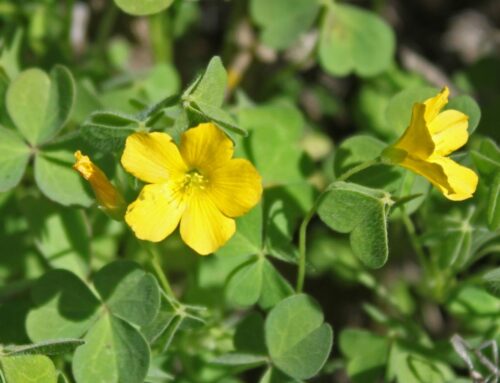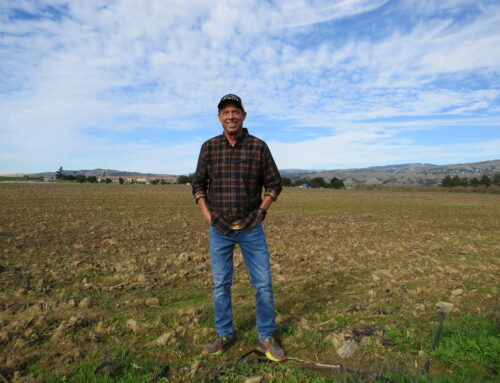Published in the August 6 – 19, 2014 issue of Morgan Hill Life
By Mike Monroe

Mike Monroe
With our Aug. 17 hike, we’ll be walking along the trails blazed by the Native American Matalan people 245 years ago in the vicinity of today’s Anderson Dam and Reservoir. Those people who made their home here were familiar with an immense oak woodland that dominated the landscape.
The first European explorers traveling through southern Santa Clara county in the early 1770s recalled in their diaries that “much of the valley was well grown with oaks and live oaks” and the “magnificent clusters of oaks” created “one continuous vista of unexampled beauty.”
American botanist William Brewer in the1850s described the area of north Morgan Hill as an oak woodland “four or five miles wide covering the middle” of the valley.
During the 80 years that passed after Brewer’s visit until about 1930, the southern Santa Clara Valley floor experienced an estimated 99 percent decline in the number of valley and coast live oaks.
Valley oaks, which had been so widespread in the early settlement years and thought to have numbered at one time about 75,000 trees, have diminished to approximately 200 trees today.
These findings were summarized in a 2010 research article in “Restoration Ecology” that discussed possible protocols for restoring some of the oak woodlands in South County.
As we stroll on our hike along Coyote Creek at Anderson, we will see evidence that the coast live oak groves are being re-established in the protected parkland.
The biggest challenge for valley oaks is the ongoing conversion of land as these large deciduous trees thrive in the alluvial agricultural soils near the flat watersheds of Coyote and Llagas Creeks and their feeder streams.
Valley oaks can live for more 300 years and provide critical habitat for a diverse range of native plants and animals.
An early map from the 1840s, called a diseno, of the Ojo de Aqua de la Coche Rancho (a land grant originally sold to the Martin Murphy family by Juan Hernandez) shows a fan-shaped oak woodland area on the eastern side of Morgan Hill at the mouth of Coyote Gorge.
The map depicts numerous trees in the area of today’s Dunne Avenue, Hill Road and Diana Avenue north to above Cochrane Road.
Morgan Hill pioneer Catherine Dunne and her son Peter subdivided the Dunne Ranch and Hiram Morgan Hill and his wife, Diana Murphy Hill, subdivided the Morgan Hill Ranch in the late 1800s into the early 1900s.
Oak trees are a wonderful part of our local landscape and South Valley heritage. Let’s enjoy them often and protect them whenever we can.
Mike Monroe is a business owner and amateur naturalist. He is docent for Santa Clara County Parks and an Adopt-a-Creek member.




